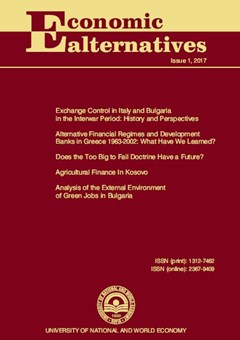A Resilient Network for Large Scale Disasters from Experience Based on the Great East Japan Earthquake
Authors: Yoshitaka Shibata, Noriki Uchida, Norio Shiratori
Abstract
Recently serious natural disasters such as earthquakes, tsunami, typhoons and hurricanes have occurred in many places around the world. The Great East Japan Earthquake on March 11, 2011 brought more than nineteen thousand victims and destroyed huge number of houses, buildings, roads and seaports over the wide area of Northern Japan. Information networks and systems and electric power cables were also severely damaged by the great Tsunami. Functions in the highly developed information society and residents’ safety and security were completely compromised. Thus, through the lessons from this great earthquake, the construction of a more robust and resilient information network has become one of the topical issues. This paper focuses on our information network recovery activity after the Great East Japan Earthquake. Then the problems of current information network systems are analyzed in order to improve disaster information network and system through our network recovery activity. Finally, we suggest systems and functions required for future large scale disasters.

